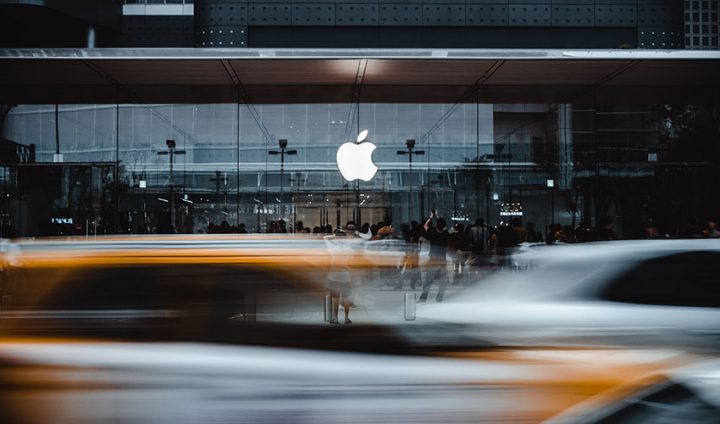In 2011, prior to his passing, Steve Jobs presided over the launch of iPad 2. During the event, he left behind a memorable quote that was later widely circulated: “I said this before, but I think it’s worth repeating: It’s in Apple’s DNA that technology alone is not enough. It’s technology married with liberal arts, married with the humanities, that yields us the result that makes our hearts sing.”
The first-generation iPad had wowed the world and spawned numerous imitators. Jobs pointed out the mistake made by these competitors: “They’re approaching this as just another PC. They’ve taken the hardware and the software and they separate them by different companies. They talk about speeds and feeds just like they did with PCs.” Jobs emphasized that the real key was not performance, but “user experience”: “Our experience and our understanding of the world around us is that you can’t really know where you’re going until you understand where you’ve been. These are post-PC devices that need to be even easier to use than a PC. They need to be even more intuitive than a PC. The software, hardware, and applications need to seamlessly integrate with one another.”
Jobs made no secret of the key reason why Apple was ahead at the time. He said, “We think we’re on the right track with this. We think we have the right architecture, not just in silicon, but in the organization to build these successful products.”
Please bear with me as I frequently use stories of Steve Jobs in this book. This is because what I call “The Right-Brained Organization” is the same as the “right architecture” Jobs mentioned at the organizational level. It’s like if you can only say the name of one basketball player, it’s Jordan. If you can only say the name of one football player, it’s Pele. Similarly, if we mention “The Right-Brained Organization”, the first thing that should come to mind is Apple during the Steve Jobs era.
For “The Right-Brained Organization,” “user-centric” is at the core. But “user-centric” is a term from a business perspective. From the user’s perspective, the term is actually “user experience.” In the management field, “user experience” is a relatively new term. And it was Apple that made “user experience” popular.
Don Norman, considered the “father of user experience,” was a cognitive psychology professor who later became Vice President and Chief User Experience Architect at Apple in the 1980s. It was during this time that he came up with the concept of “user experience.” But actually, the phrase he initially proposed was “user-centered design.” He later realized the limitations of the term. In an interview with the media, he said, “I invented the term because I thought human interface and usability were too narrow. I wanted to cover all aspects of the person’s experience with the system including industrial design, graphics, the interface, the physical interaction, and the manual. Since then the term has spread widely, so much so that it’s starting to lose its meaning.”
In recent years, the term “user experience” has become a popular buzzword among business professionals, but it was the iPhone that truly catapulted the concept into the mainstream. Apple’s revolutionary user experience design not only brought the company enormous success, but also inspired people to question why they had ever put up with the clunky and cumbersome software of the past. According to research, the rise in Google searches for the term “user experience” corresponded directly with the launch of the iPhone.
Since then, many companies have realized that improving user experience can yield immediate results. The founder of Airbnb credits the success of the company to its focus on user experience. Walmart saw a 200% increase in traffic after redesigning its website, while for Taobao, the process of migrating users from PCs to mobile devices was the first major hurdle they faced as a giant in the industry. Initially, their mobile app was criticized for being a clone of the PC version, with a basic interface that simply displayed goods and allowed for searching. But Taobao took the criticism to heart and made significant improvements to the app, streamlining the ordering process from an average of 25 seconds to less than 10 seconds. They also introduced personalized product recommendations, a waterfall-style information display, and features such as “follow” and “discover,” creating a tailored experience for each user. Through these efforts, Taobao smoothly transitioned to mobile and solidified its position as a leader in the e-commerce market.

